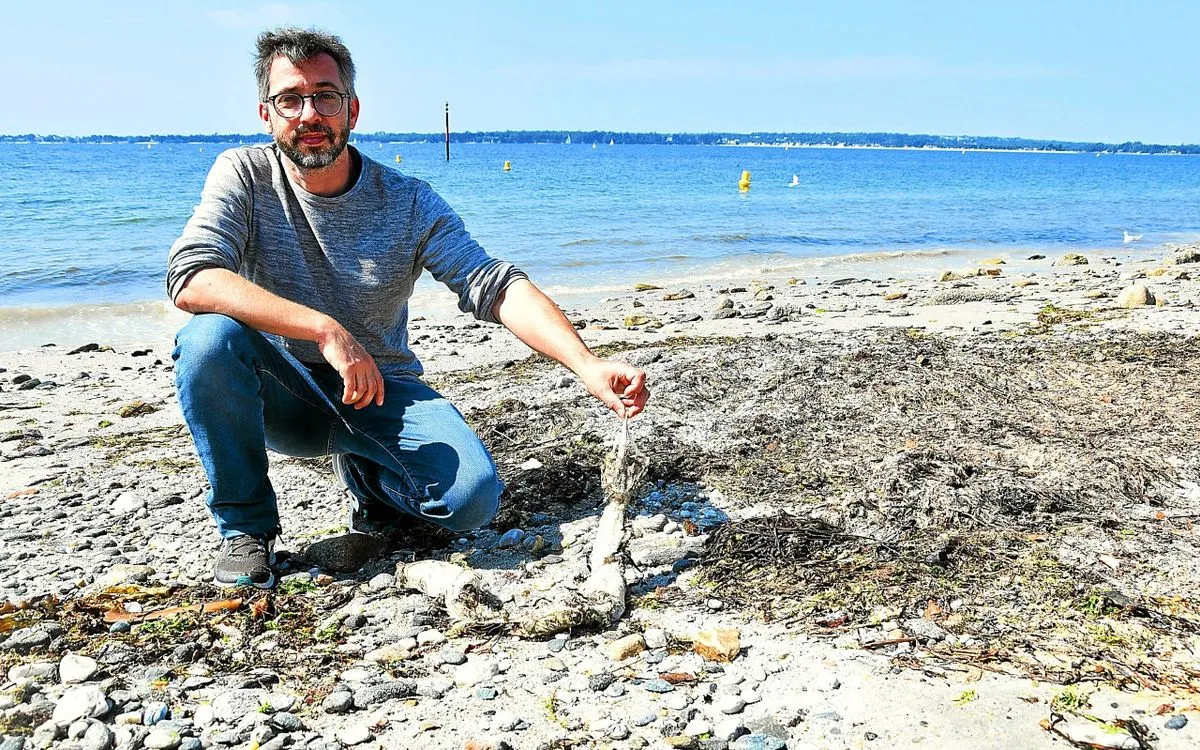Bretagne's Conger Wash-Ups: An Environmental Enigma Unveiled

The Enigma Behind Concarneau's Conger Eel Wash-Ups
Recently, Bretagne has been the center of attention as dead conger eels have been found washed up on the beaches of Concarneau. After thorough investigation, experts believe that oxygen depletion is likely the primary cause of this phenomenon.
Contributing Factors
Recent heavy rains have led to soil runoff, which in turn has caused a significant bloom of phytoplankton near the Bretons' shores. Additionally, elevated surface water temperatures are not conducive to sustaining high oxygen levels.
- Phytoplankton produce oxygen but heavier algae decompose, consuming oxygen.
- The conger, a benthic species, resides in deeper rocky substrates and is susceptible to oxygen deficiency.
- Lack of wind has inhibited water mixing, exacerbating the oxygen shortage.
A Historical Parallel
Samuel Iglesias recalls a similar situation in 1982, where substantial fish mortality occurred under comparable conditions in the Vilaine basin. This historical context adds weight to the current investigations.
- Other affected species include bass, sole, and lobster.
- Despite conger being the most impacted, other marine life exhibits unusual mortality rates.
- Researchers from Ifremer are on site awaiting results that may clarify this mystery further.
This article was prepared using information from open sources in accordance with the principles of Ethical Policy. The editorial team is not responsible for absolute accuracy, as it relies on data from the sources referenced.